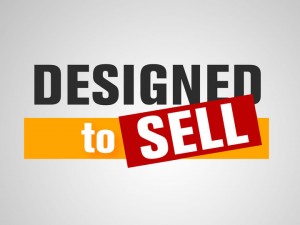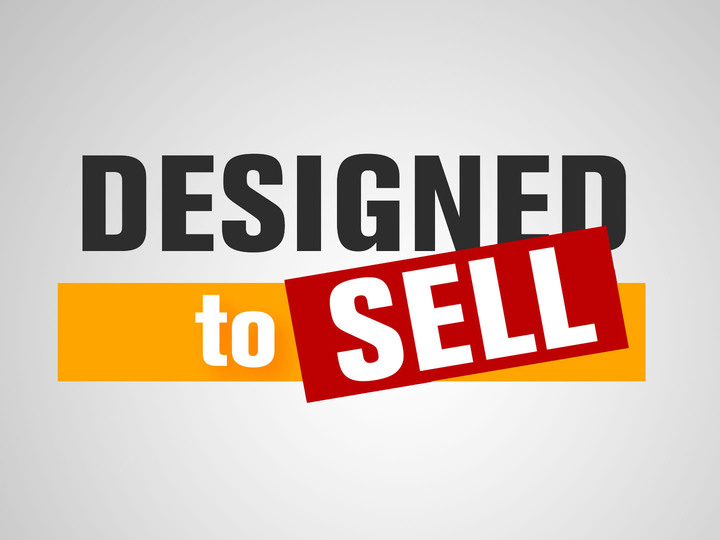Written by Justin Beck, Co-Founder and CEO of PerBlue
We’re unique in the mobile game industry. Not just because of our product, but because of our principles. We live and breathe by ‘Design to Sell. Build to Keep.’ It’s the philosophy we used to build PerBlue. The basics behind these principles are simple enough to guide our everyday interactions and decisions, and they keep our business laser focused, yet agile.
So what does ‘Design to Sell. Build to Keep.’ mean exactly and how does it apply to our business, as well as other high growth, venture-backed companies? First, let’s break the philosophy down into its separate pieces.

Design to Sell.
The ultimate goal is to build a company that will be an asset to others and one that is easy to sell. To achieve this, several considerations must be made to the business’s product, revenue model, focus, and leadership.
The product must be transferable. It should fit logically into another company’s portfolio, while adding strategic value. The revenue model must be independently successful, and should not rely solely on one client or one contract. The company is focused, investing only in assets that are aligned with its core business. And finally, the employee team should be autonomous and not dependent on one leader. They are inspired and self motivated individuals, continually seeking out and achieving new goals.
Build to Keep.
As you carefully build and nurture your company, create it with the mindset that you may end up working there for the rest of your life. This perspective encourages making large investments in culture, hiring the right people, and focusing on good infrastructure, systems and processes. With this ‘in-for-the-long-haul’ frame of mind, you will not make short term trade offs that actually really hurt long-term goals.
We’ve focused a great deal on our culture. It’s a huge investment, but today it’s easily one of our most valuable assets. This involves hiring people that are not only amazing at what they do, but ensuring they are also a great fit for the company’s team and culture. We’ve found that when someone absolutely loves what they’re doing, it’s a win-win for everyone. The payoffs? Great job satisfaction rates, better quality of life, and higher employee retention.
Some attributes of ‘Design to Sell. Build to Keep.’ companies:
– Revenue: Is there cash flow? Without this, you can’t build for the long term because you are forced to sell.
– Culture: Does the team just jive together? When people see the company, do they wish they worked there too?
– Solid Execution: A team focused on clear execution, automation, and metrics that build value and assets. They work together to create processes that make the company run smoothly and consistently.
– High Retention: Employees want to continue working for the company.
– Constant Improvement: Employees seek to educate themselves on how to do their jobs better. They are always looking for what the company needs and suggest new roles or adjust their own role.
– Great Leadership: A team focused on a common strategy and vision from a leader they trust.
– Transferable Product: Will your product fit well in someone else’s portfolio?
– Great Macro: For the product, the company, and the industry.
Your company may already utilize the ‘Design To Sell. Build To Keep.’ principles. If not, you may want to look at what really guides your everyday interactions and decisions. Take a step back and look at how the decisions you’re making today could impact your company down the road. Would you be happy with your choices five years from now? On the other hand, if you had to sell your company tomorrow, could you do it? Design your company to sell, but build it to keep for the long haul.








